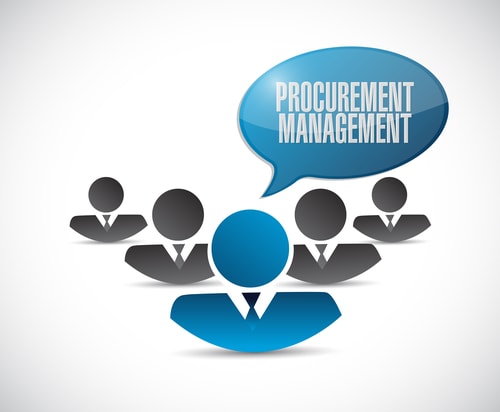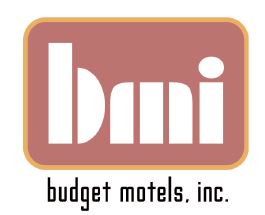The health care industry is at a crossroads. A new government sponsored system is on the horizon, managed care companies are continuously negotiating for lower reimbursement rates, return on investment for research is at a historical low, and new regulations and guidelines constantly result in the need for increased spend. With so many external pressures, those companies in the health care industry must adapt to not only compete, but also survive, in such a competitive market place.
Some of the adaptive changes that have occurred over the past decade include the merger of physician groups into hospital systems, a focus on acquisition as opposed to research and development, the increased use of mid-level practitioners, and the application of supply chain principles. More recent innovations include the integration of information systems, the introduction of electronic medical records, and the implementation of electronic prescribing. All of these changes or investments were undertaken to improve productivity, and ultimately the bottom line.
One area that has come under scrutiny within the past few years is the procurement process. While many aspects of health care corporate activities have undergone drastic changes, the purchasing function has remained largely static. However, some organizations have started to realize the benefits of streamlining procurement, creating approval hierarchies, and creating transparency in corporate spend. With an increased focus on consumption and maverick spend, health care corporations can now generate savings in previously non-targeted areas, and subsequently increase total market valuation.
Industry standards project spend control through several key functions, inherent to Bellwether Purchasing software .Central tenets of automated procurement include:
- Reduced purchasing costs — analyze organizational vertical segments to determine best cost to value ratio for all goods and services representing savings of 5-20%.
- Increased Profit – analysts report savings at 5-7% through streamlined procurement processes, the result yielding 30-40% increases in profit.
- Better intelligence – Robust reports on non-payroll spend provide visibility to the corporate procurement landscape, allowing organizations to identify and prioritize savings opportunities.
- Efficiency – Automated order management can reduce the unit cost for processing a purchase order by 60-90%.






